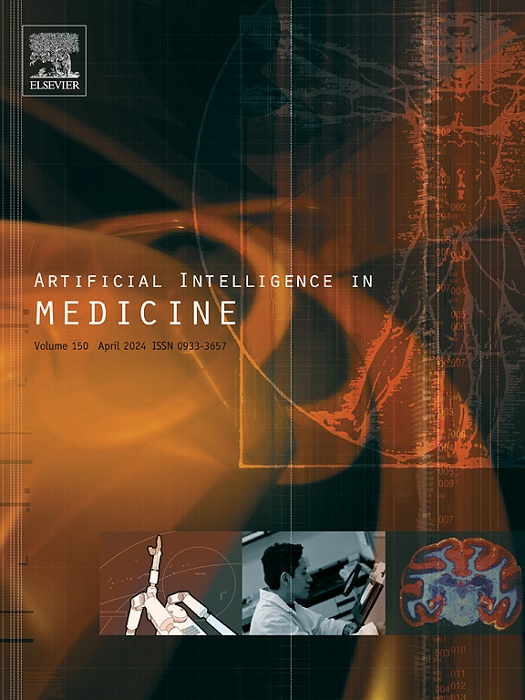本征维度分析用于指导多组学数据处理中的降维和数据融合。
IF 6.2
2区 医学
Q1 COMPUTER SCIENCE, ARTIFICIAL INTELLIGENCE
引用次数: 0
摘要
通过提供对生物系统和疾病发展的分子机制的全面理解,多组学数据已经彻底改变了生物医学研究。然而,由于高维度和有限的样本量,分析多组学数据具有挑战性,需要适当的数据缩减管道来确保可靠的分析。此外,它的多模式特性需要有效的数据集成管道。虽然提出了几种降维和数据融合算法,但往往忽略了关键的方面。具体而言,投影空间维度的选择通常是启发式的,并统一应用于所有组学,而忽略了个体组学面临的独特的高维小样本量挑战。本文介绍了一种针对单个视图定制的新型多模态降维管道。通过利用内在维数估计器,我们评估了对每个视图的维数影响,并提出了一种两步约简策略,将特征选择与特征提取相结合。与传统的统一还原管道相比,在关键和监督的多组学分析环境中,我们的方法显示出显着的改进。此外,我们探索了三种有效的无监督多组学数据融合方法,这些方法植根于主要的数据融合策略,以深入了解它们在关键但被忽视的设置下的性能。本文章由计算机程序翻译,如有差异,请以英文原文为准。

Intrinsic-dimension analysis for guiding dimensionality reduction and data fusion in multi-omics data processing
Multi-omics data have revolutionized biomedical research by providing a comprehensive understanding of biological systems and the molecular mechanisms of disease development. However, analyzing multi-omics data is challenging due to high dimensionality and limited sample sizes, necessitating proper data-reduction pipelines to ensure reliable analyses. Additionally, its multimodal nature requires effective data-integration pipelines.
While several dimensionality reduction and data fusion algorithms have been proposed, crucial aspects are often overlooked. Specifically, the choice of projection space dimension is typically heuristic and uniformly applied across all omics, neglecting the unique high dimension small sample size challenges faced by individual omics.
This paper introduces a novel multi-modal dimensionality reduction pipeline tailored to individual views. By leveraging intrinsic dimensionality estimators, we assess the curse-of-dimensionality impact on each view and propose a two-step reduction strategy for significantly affected views, combining feature selection with feature extraction.
Compared to traditional uniform reduction pipelines in a crucial and supervised multi-omics analysis setting, our approach shows significant improvement. Additionally, we explore three effective unsupervised multi-omics data fusion methods rooted in the main data fusion strategies to gain insights into their performance under crucial, yet overlooked, settings.
求助全文
通过发布文献求助,成功后即可免费获取论文全文。
去求助
来源期刊

Artificial Intelligence in Medicine
工程技术-工程:生物医学
CiteScore
15.00
自引率
2.70%
发文量
143
审稿时长
6.3 months
期刊介绍:
Artificial Intelligence in Medicine publishes original articles from a wide variety of interdisciplinary perspectives concerning the theory and practice of artificial intelligence (AI) in medicine, medically-oriented human biology, and health care.
Artificial intelligence in medicine may be characterized as the scientific discipline pertaining to research studies, projects, and applications that aim at supporting decision-based medical tasks through knowledge- and/or data-intensive computer-based solutions that ultimately support and improve the performance of a human care provider.
 求助内容:
求助内容: 应助结果提醒方式:
应助结果提醒方式:


